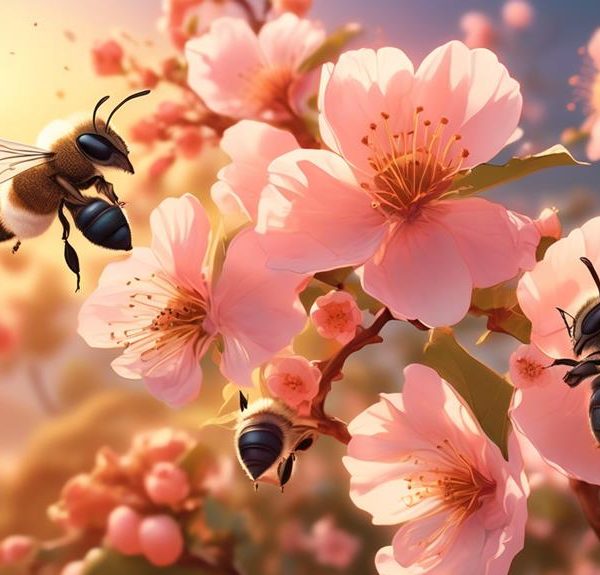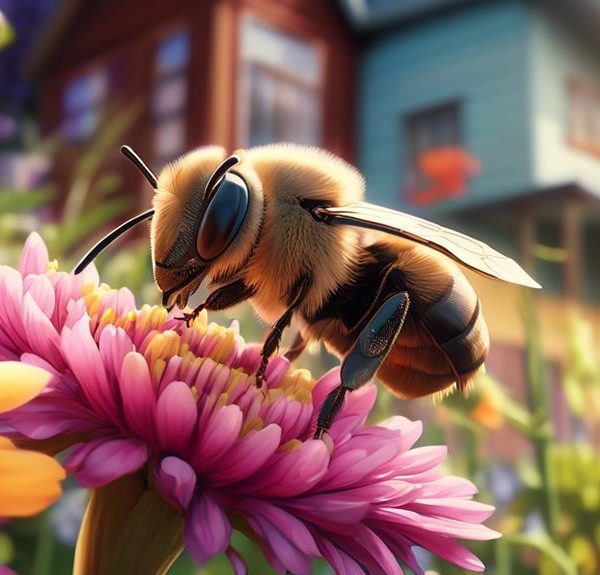Witness the fascinating world of Mason Bees in Missouri, as we uncover their hidden presence and vital role in our ecosystem.
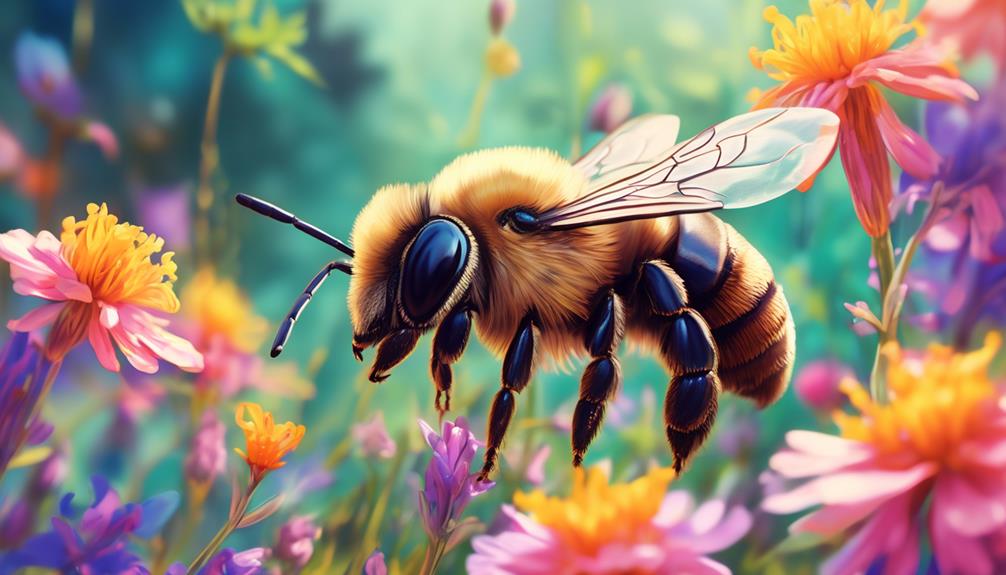
Are Mason Bees in Mo?
Like a detective sifting through a myriad of clues, you may find yourself intrigued by the buzzing world of Mason Bees. Are these industrious insects making their homes in the heartland of Missouri? You might be surprised by the answer.
As we embark on this journey, we'll explore their unique characteristics, their role in our ecosystem, and how they've potentially become an unseen neighbor in your very own backyard.
Will this journey lead to a newfound appreciation for these humble pollinators? Only time will tell.
Key Takeaways
- Mason bees are solitary creatures that create their own nests and use mud to seal them off.
- Mason bees are efficient pollinators and play a vital role in the ecosystem, pollinating both native and non-native plants.
- Identifying mason bees in Missouri involves looking for their blue-black bodies, fuzzy abdomens, and distinctive mud nests in pre-existing cavities.
- The population growth of mason bees can have a significant impact on crop yield and biodiversity, as they visit more flowers per day, have higher pollen collection efficiency, and cause a higher increase in fruit set compared to other bees.
Understanding Mason Bees
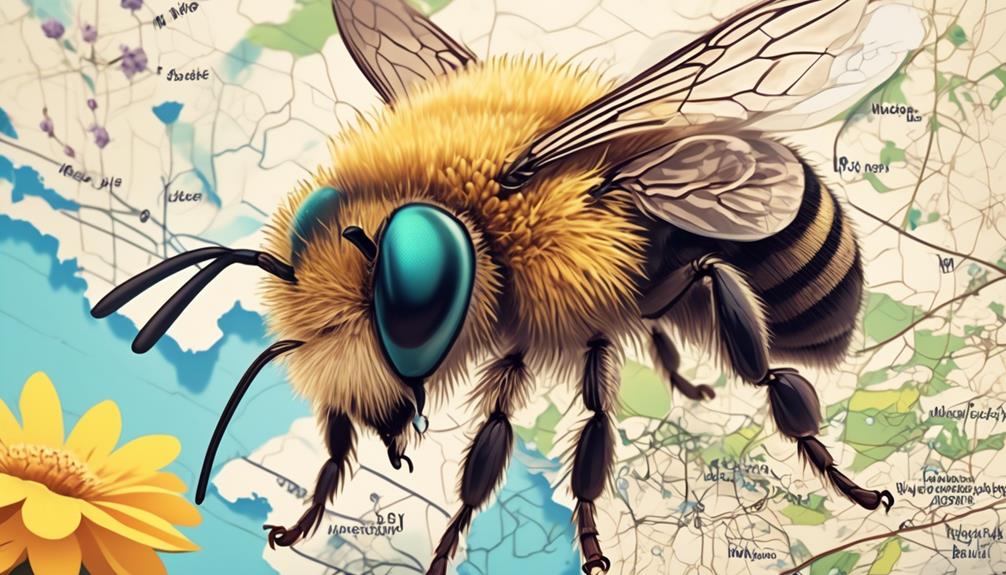
To fully appreciate the significance of mason bees, it's crucial to delve into their distinctive biological traits and behavior patterns. Unlike honey bees, mason bees are solitary creatures. They don't live in hives or have a queen. Each female is fertile and creates her own nest.
Mason bees are named for their unique nesting behavior. They use mud to build partitions and seal off their nests, much like a mason would. This is where they lay their eggs, one in each section, providing a small supply of pollen and nectar for the developing larva.
What's interesting about mason bees is their efficiency. They're super pollinators. A few hundred mason bees can do the same work as thousands of honey bees. This is because they carry pollen on their abdomen, which brushes off easily as they visit flowers.
You should also know that mason bees are docile. They've the ability to sting, but they usually won't unless threatened or handled roughly. This makes them a great choice for backyard beekeeping.
In short, understanding these bees is key to appreciating their role in our ecosystem.
Mason Bees' Role in Ecosystem
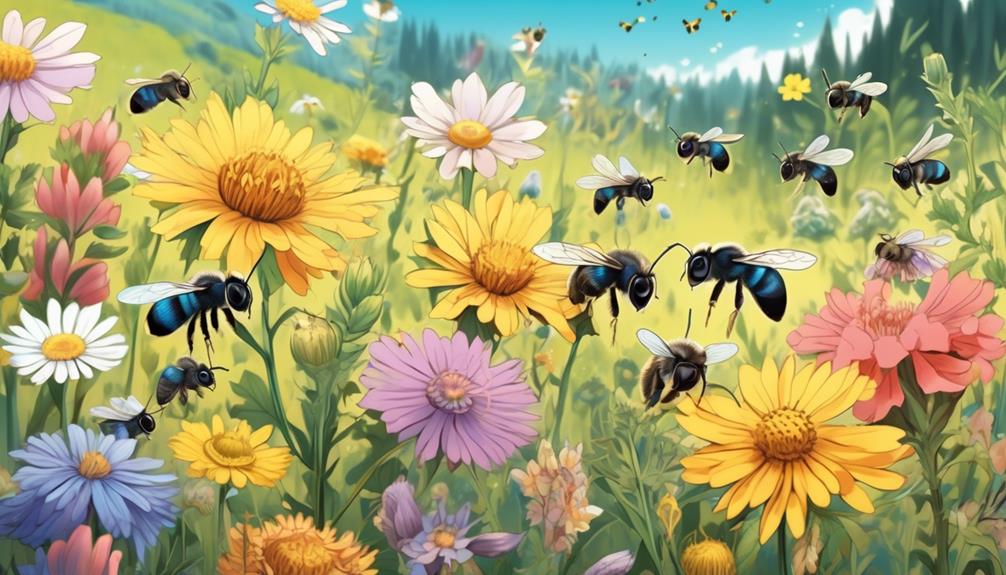
As vital contributors to our ecosystem, mason bees play a key role in the pollination process, bolstering the health and productivity of plants nationwide. Unlike honeybees, they're solitary creatures, making them less vulnerable to diseases that can wipe out entire colonies. They're exceptional pollinators, you see, because they carry pollen on their abdomen, where it's more likely to brush off on flowers.
You might be surprised to learn that mason bees aren't as selective as some pollinators. They don't discriminate between native and non-native plants, ensuring a wide variety of plants get pollinated. This adaptability is crucial in maintaining the diversity and resilience of our ecosystems.
Additionally, mason bees play a significant part in food production. They're responsible for pollinating many of the fruits, nuts, and vegetables we consume daily. Without them, food crops would suffer, impacting not just our diets but also our economy.
Lastly, they contribute to the survival of other species by pollinating plants that provide habitat and food for wildlife. In essence, mason bees are environmental stewards, their efforts rippling across the ecological web. Without their pollination services, our ecosystems would be significantly less robust.
Identifying Mason Bees in Missouri
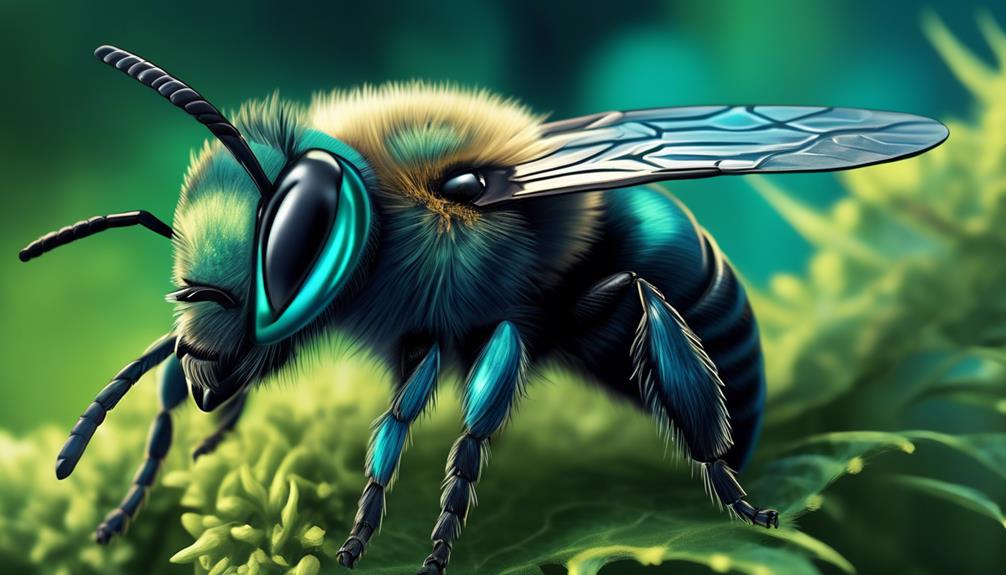
In the heartland of Missouri, you'll find mason bees darting among flowers, their blue-black bodies and fuzzy abdomens making them easy to identify. Unlike honeybees, mason bees are solitary creatures, meaning they don't live in colonies. They're small, typically no more than half an inch in length, and have a stout form.
Look for their distinctive nests. Mason bees use mud to build individual cells within pre-existing cavities, such as holes in wood or hollow stems. These solitary nests are a clear sign of their presence.
Their flight period in Missouri typically begins in early spring, when temperatures consistently reach 55 degrees Fahrenheit. Observing their behavior can also help with identification. Unlike many bees that gather nectar and pollen in a single trip, Mason bees make multiple trips to collect and store pollen in their nests.
Impact of Mason Bees' Population
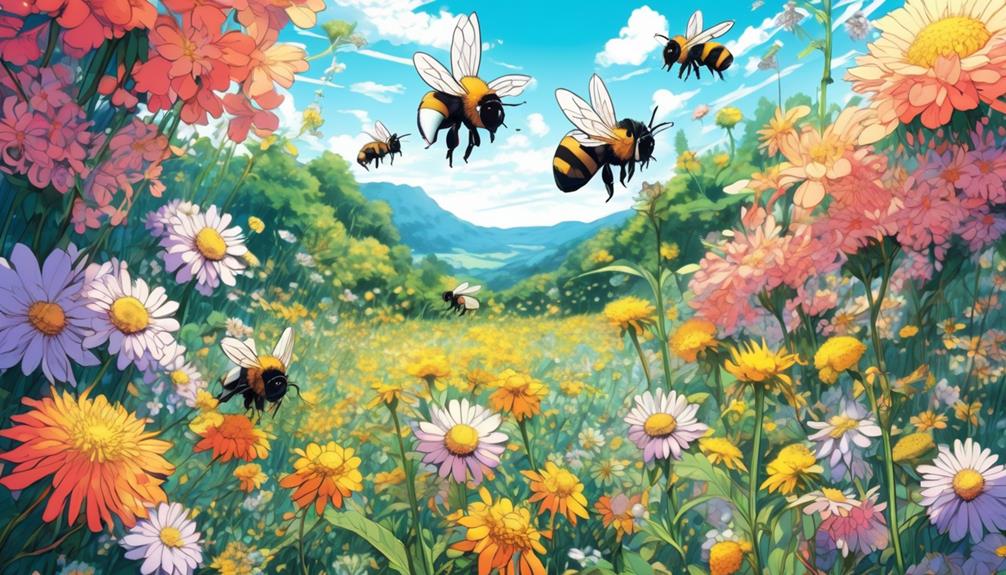
Let's delve into the significant impact the population of mason bees has on our environment, particularly their crucial role in pollination. As you may know, mason bees are exceptional pollinators, often outperforming their honeybee counterparts. They're solitary, making them less prone to spreading diseases within a hive.
To give you a clearer picture of their impact, here's a table reflecting the efficiency of mason bees.
Mason Bees | Honey Bees | Bumble Bees | |
|---|---|---|---|
Flowers visited per day | 2000 | 50-1000 | 600-1000 |
Pollen collection efficiency | High | Medium | Medium-High |
Fruit set increase | 30-60% | 10-20% | 20-40% |
This table shows that mason bees visit more flowers per day, have a higher pollen collection efficiency, and cause a higher fruit set increase. Their population's growth can significantly boost crop yield and biodiversity. This is particularly important in our current environmental crisis, where many pollinator populations are declining. So, it's not just about the bees; it's about our food security and biodiversity too. Let's appreciate and protect our mason bees, they're more important than you might think.
Protecting Missouri's Mason Bees
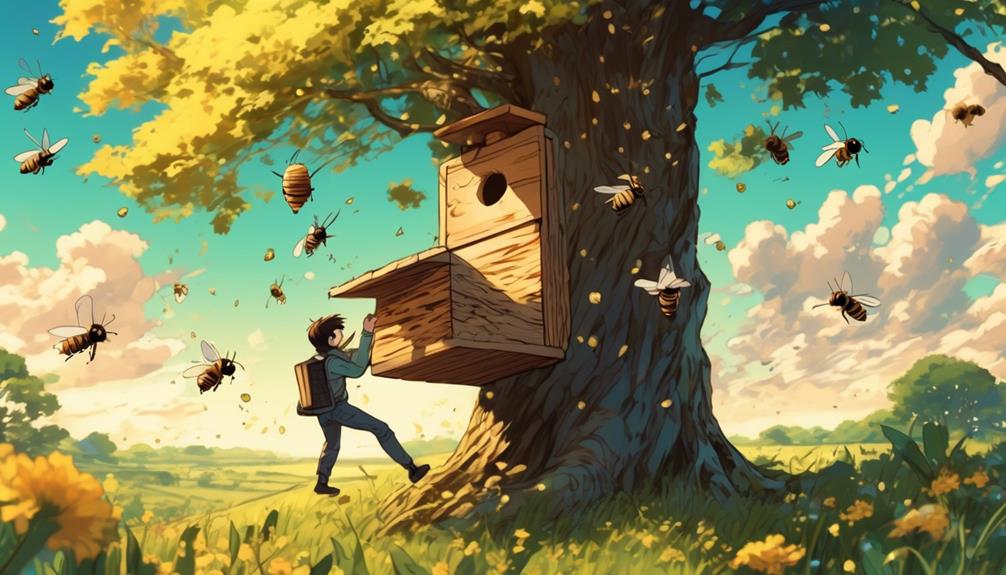
Understanding the crucial role mason bees play in our ecosystem, it's vital we discuss how to protect these industrious pollinators, especially in Missouri where their population significantly impacts the state's agriculture.
Firstly, you must prioritize creating a suitable habitat that promotes their survival and reproduction. You can achieve this by providing a bee house filled with reeds or paper tubes. Avoid using pesticides in your garden, as these chemicals can have a detrimental effect on mason bees. Instead, opt for organic gardening techniques that won't harm the bee population.
Next, consider planting wildflowers and native plants, as these offer the pollen and nectar that mason bees need for sustenance. Specific plants that attract mason bees are those from the Rosaceae family, including cherries, plums, and crabapples.
Lastly, participate in local conservation efforts. Join community initiatives that promote the protection of mason bees and their habitats. Advocate for policies that curb harmful agricultural practices, such as excessive pesticide usage.
Conclusion
You've now learned about Mason bees in Missouri. These tiny pollinators play a crucial role in our ecosystem, helping plants thrive.
Their presence in Missouri is evident, and their impact can't be underestimated. It's crucial for us to protect these industrious insects.
By making informed choices, you can contribute to the conservation of Mason bees, ensuring a balanced ecosystem for future generations. Your actions matter in preserving Missouri's Mason bees.

